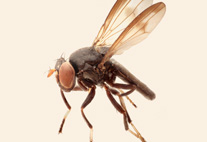Abstract
Few animals are treasured by zoologists more than Nautilus, and Nautilus pompilius Linnaeus, 1758, the type species of the genus, in particular. However, the type series of this species has not been studied in great detail. According to the rules of zoological nomenclature the type series consists of all the specimens included by the author in the new nominal taxon at the time of description (whether directly or by bibliographic reference), and any evidence, published or unpublished, may be taken into account to determine what specimens are included. The type series of Nautilus pompilius includes specimens in the Linnean Society of London, the University Museum in Uppsala, and specimens figured by pre-Linnaean authors indicated by reference by Linnaeus (1758). One specimen in London and four specimens in Uppsala, which are still extant, are likely to have been known to Linnaeus at the time when he prepared the 10th Edition of Systema Naturae (Linnaeus 1758), although none of these specimens was specifically mentioned by him. Even though it is widely believed that Linnaeus (1767) designated as lectotype a specimen figured by Rumphius (1705) in his D’Amboinsche Rariteitkamer, referred to in the Systema Naturae, this presumed lectotypification is not valid because Linnaeus did not explicitly indicate that any particular specimen was considered to be the type of the species. Later lectotype designations of Rumphius’ illustrations are invalid because they show three different specimens. It seems that the best approach, given the quality of the material and the lack of clarity as to its type status, would be to apply to the ICZN asking to set aside all previous type fixations and designate a neotype, preferably a DNA sequenced specimen of known provenance.

